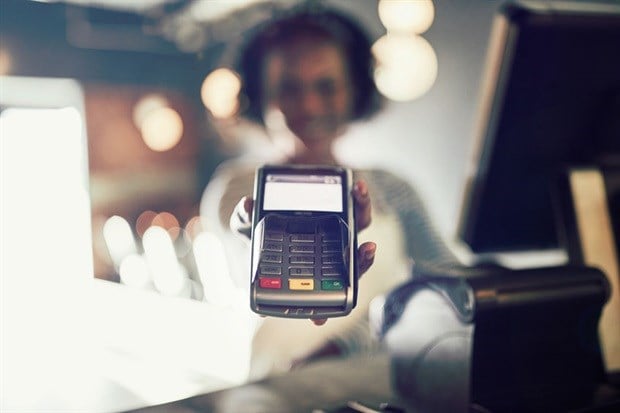
Top stories






More news












Advancements made within the card payment technology space have allowed for more seamless card transactions, which in turn has driven the successful expansion of the forecourt convenience retail sector.
Since the beginning of time, humans have offered payments for goods and the means by which these payments were made has changed dramatically over the years. From bartering goods, to using grain as currency and then from metal coins to paper money, and now cashless payments.
These advancements have enabled the forecourt retail sector to offer customers exactly what makes the sector an attractive place to shop in the first place – convenience by way of proximity, speed and efficiency – resulting in the advent of the fuel forecourt as the new convenience stores.
Initially, payment at the fuel forecourt was only limited to fleet cards, which were first only printed with the name of the company, vehicle registration and signature. Fleet cards eventually began to use magnetic strips that were more secure through PIN codes and eventually chip cards.
To increase accessibility and convenience, credit card payments were then also accepted at the forecourt and, thereafter, debit cards.
The movement of established conventional retailers such as Woolworths and Pick n Pay to the forecourt also had a positive impact on the number of cards swiped, which also drove connectivity.
The systems used for card payments have also progressed over the years, shifting from the use of 2G to 3G networks and LTE devices. As the volumes of card transactions increased, so did the speed of payment processes and the development of card payment devices.
With the need to address safety concerns came the need to bring card payment machines to vehicles, and thus payment devices changed from a desktop to a mobile solution through the use of the SIM card. The utilisation of SIM cards has currently been replaced by wireless Wi-Fi technology which makes use of access points within and around the petrol station to ensure connectivity.
The uptime of cashless payment systems has become critical to forecourt retail, because of this, there has been a shift towards providing that redundancies are put in place in order to monitor and ensure the uptime of systems.
The reason that forecourt retail holds much of its appeal is due to the true convenience it offers customers. Without active and connected payment terminals, a large part of this convenience is eliminated, requiring those who wished to pay for goods by card draw cash or leave their items.
In order to ensure that this does not happen, card payment systems will need to make use of both fixed line infrastructure as well as a secondary failover connectivity in future.
Communication is another critical factor for the sector, which requires connectivity to gather and convey important information, such as stock currently in the store, vouchers, prepaid airtime and data or the lotto.
In order to make sure that there is no lag or downtime of communication, payment systems are moving to incorporate a converged software-defined wide-area network, or SD-WAN, which connects networks over large geographic distances through the internet or a cloud-native private network.
The future of forecourt retail will be all about connected digitisation, in order to cater to a growing digital customer base. This will lead to new ways of engaging customers, using technology to attract drivers to stop at the forecourt when they’re just driving past, using Wi-Fi to advertise specials to customers filling up at petrol stations and placing orders with other retailers for pick-up at the forecourt.
And, last year, multinational oil and gas company BP admitted that half of the customers at its forecourts don’t even buy petrol.
All of these new means of operations by the sector will rely on payment connectivity solutions to make sure that customers receive an “on-the-go” experience, which is what they’re there for.
And, the more that card payment technology and secure payment connectivity improves, the more attractive factors such as speed and convenience improve, resulting in the progressive growth of the forecourt convenience retail sector itself.